Using a laptop with an external monitor can enhance your productivity by providing a larger display area. However, closing the laptop lid often causes the system to sleep, interrupting your work. Thankfully, Windows 11 allows you to change this setting so you can close your laptop and keep it running while connected to an external monitor. Here's how to adjust the settings.
Change the action when closing the laptop lid in Control Panel
Windows 11 provides an option to modify what happens when you close your laptop's lid. By changing this setting, you can ensure your laptop remains awake even when the lid is closed, allowing continuous use of your external monitor.
Step 1: Open the Start Menu and type Control Panel into the search bar. Click on the Control Panel app from the search results to open it.
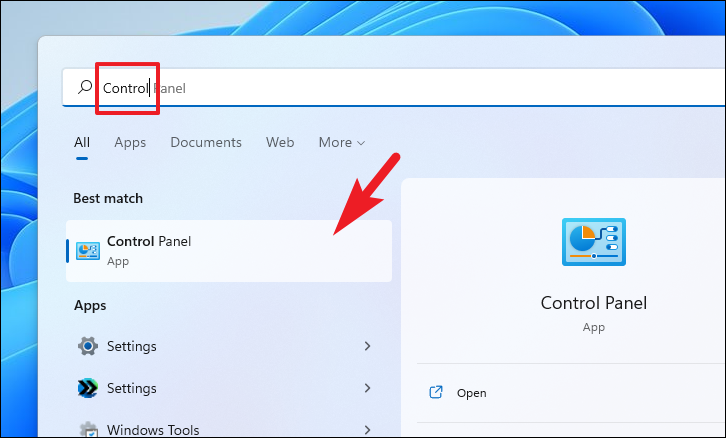
Step 2: In the Control Panel, locate and select Power Options from the list of settings.
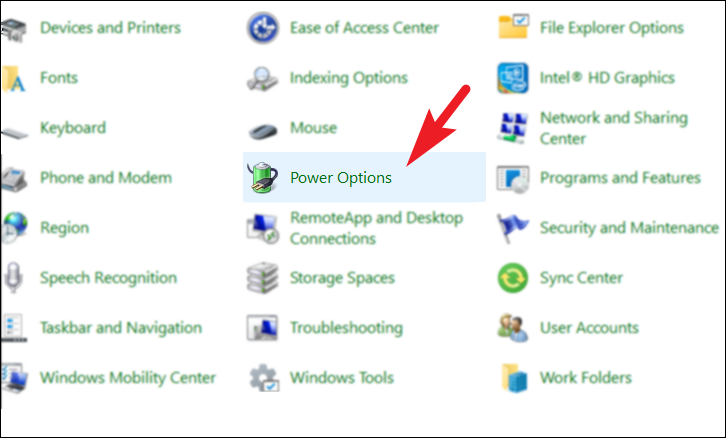
Step 3: In the Power Options window, click on Choose what closing the lid does from the options on the left sidebar.
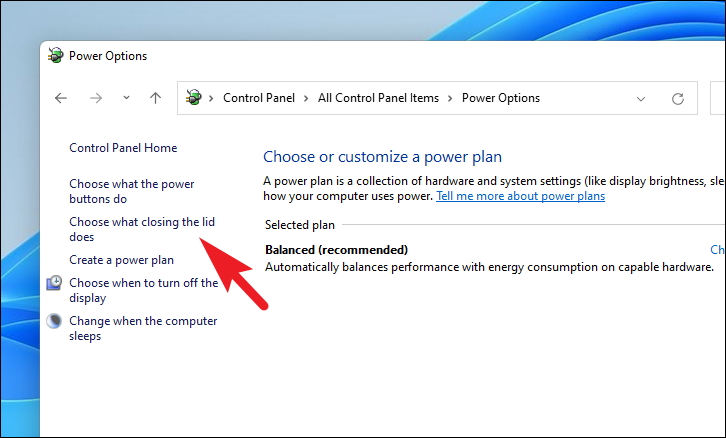
Step 4: Under the Power and sleep buttons and lid settings section, find the option for When I close the lid. Use the drop-down menu next to Plugged in and select Do nothing. It's recommended to change this setting only for when the laptop is plugged in to avoid draining the battery unintentionally. Since external monitors are usually used when the laptop is connected to power, adjusting the plugged-in setting is typically sufficient.
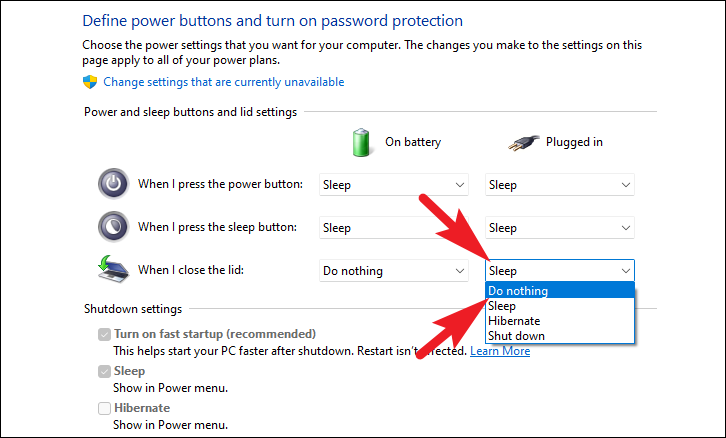
Step 5: Click on the Save changes button at the bottom of the window to apply the new settings.
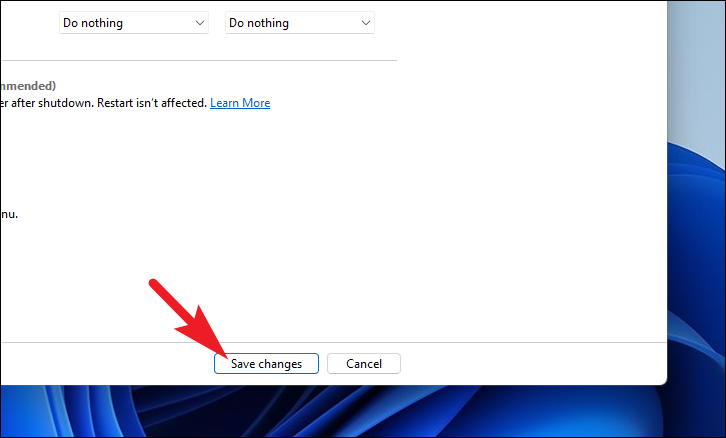
Now, you can close your laptop's lid while it's connected to an external monitor without it going to sleep or hibernating.
By adjusting this setting, you can optimize your workspace and continue using your laptop with an external monitor seamlessly, even when the lid is closed.


